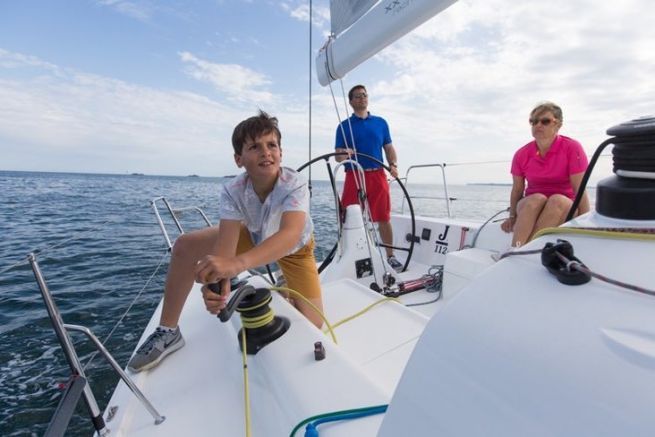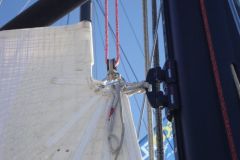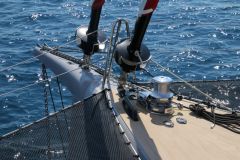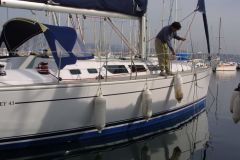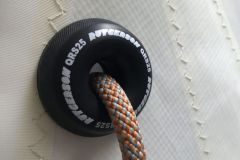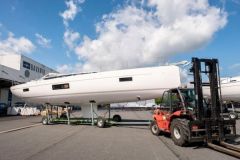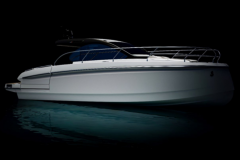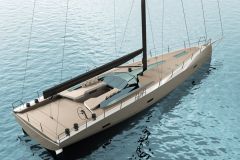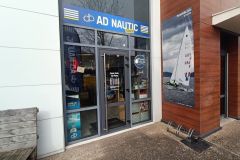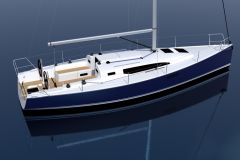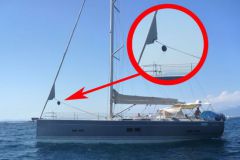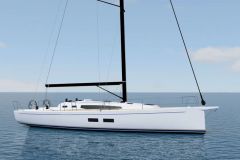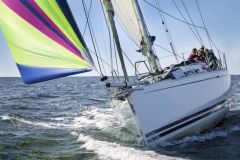A well dimensioned deck fitting is synonymous with sailing pleasure. When installing a rail or pulley on a sailboat, it is important to choose it according to its use, before even looking at its cost. This is the philosophy that J Composites applies to its boats. Thus the mast, the boom, the standing rigging as a current, the deck fittings can come from different suppliers, looking for the most suitable product from each one.
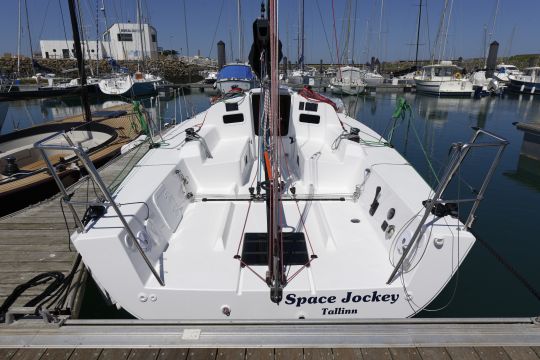
Choosing equipment for its use
For a yard, choosing the same supplier for the mast, boom and standing rigging, for example, greatly simplifies the search and makes it possible to inflate the price by playing on an economy of scale. Especially if you equip several models of yacht with the same supplier. But at J Composites we think differently. For example, a mast manufacturer may have a suitable profile for one model in the range, but not for a larger sailboat, for example. Thus the Design Office of the shipyard does not hesitate to call upon several suppliers to equip the whole range. These choices are made to respond to the value of the function, the right dimensioning and not dictated by financial savings.
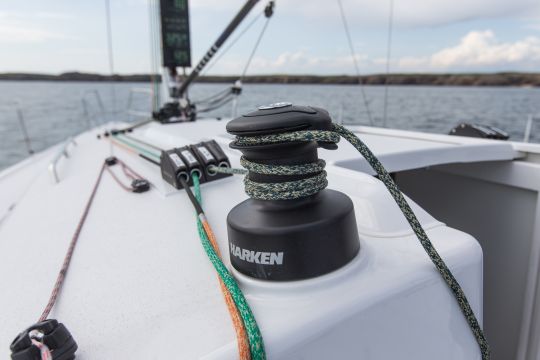
Well-dimensioned fittings
Product quality is also very important. The J Boats are stiff sailboats, stiff because of their sandwich construction and stiff to the canvas as well, because they are well ballasted. This stiffness leads to stress and tension on all the fittings. Therefore, you need quality fittings and ropes, but also a large dimensioning.
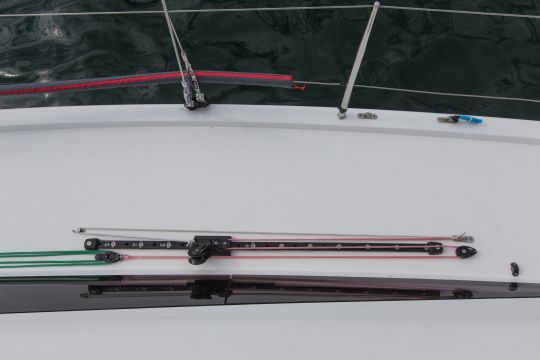
Two examples explain well these choices of fittings. On the J/112 (36 feet), the mainsail track and carriage is a Harken model referenced in the Big Boat category of the American manufacturer. Recommended equipment for sailboats from 45 feet upwards. Even upwind when the jib is loaded, you can still move your jib car forward without too much effort. In the same way, the jib roller block on the J/88 (a sailboat that weighs 2.2 tons) is the same as the one used on 45-foot large production cruising yachts (that weigh more than 10 tons).

Loving sailing means having fun trimming your sails. The equipment must not limit this enjoyment. At the shipyard, we are used to saying that the fittings are sized for the boat, but not oversized, which is not useful for much except to add weight. A good dimensioning is enough to provide pleasure.
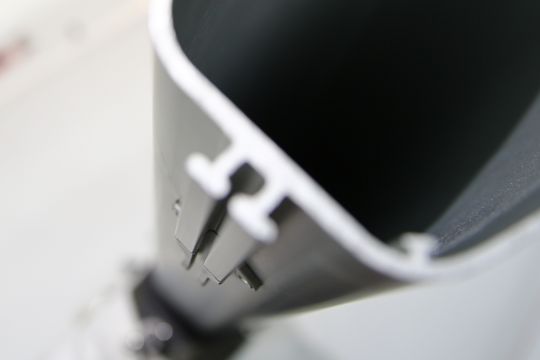
A mast profile invented at the construction site
For the J/99 and J/112 mast, the yard went so far as to develop a profile with a supplier, incorporating a new idea never before explored. To avoid the opening of a headsail which weakens the stiffness of a profile, J Boats thought of adding a T-shape on the aft face of the mast. This is actually a rail profile that is extruded at the same time as the mast. So at the same stiffness, this profile is 20% smaller in cross-section and 20% lighter compared to a profile fitted with a rail to accommodate trolleys.

On the practical side, this mast can be fitted with racing sails furled in the groove, or opting for trolley sails more used for cruising. The advantage of stiffness thus becomes an argument for use. What a benefit!
With this development, a carbon mast is no longer justified. Aluminium remains coherent (up to a boat of about 11 m). Thus the J/99 no longer even has a "carbon mast" option and wins races with its standard aluminium mast.
